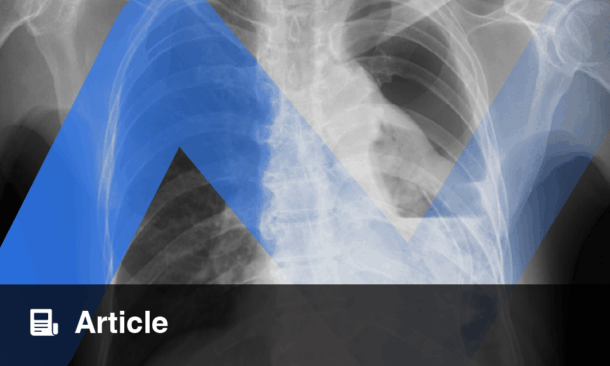A NOVEL artificial intelligence pipeline can predict BRAF mutation status directly from histopathology slides, marking a potential step forward in digital dermatopathology and melanoma care. The new method combines a pretrained whole-slide foundation model with gradient boosting to deliver state-of-the-art performance without the need for manual annotations or molecular assays.
Researchers developed the model using slides from the Skin Cutaneous Melanoma (SKCM) dataset in The Cancer Genome Atlas. The system applies a foundation model, Prov-GigaPath, to extract image features from melanoma biopsy slides. Alone, the model achieved a cross-validated Area Under the Curve (AUC) of 0.653. When combined with the XGBoost classifier, however, performance significantly improved to an AUC of 0.824.
To test generalizability, the model was applied to an independent dataset from University Hospital Essen in Germany. On this cohort, the image-only pipeline achieved an AUC of 0.772, outperforming prior approaches in mutation prediction using histopathology alone.
Crucially, the framework operates in a weakly supervised manner, meaning it does not require slide-level annotations, which are often time-intensive and variable in quality. By relying solely on image data, the approach offers a cost-effective, scalable alternative that could eventually reduce dependence on molecular testing for initial triage.
While not positioned to replace genetic testing in clinical practice today, this technique demonstrates promising utility as a decision-support tool. It provides a proof of concept for integrating AI into dermatopathology workflows to support timely, personalized treatment planning, particularly in identifying patients who may benefit from BRAF-targeted therapies.
The authors note that the code and methods are publicly available, further encouraging reproducibility and collaborative advancement in precision oncology.
Reference:
Albahri M et al. A new approach combining a whole-slide foundation model and gradient boosting for predicting BRAF mutation status in dermatopathology. Comput Struct Biotechnol J. 2025;27:2503–2514.








